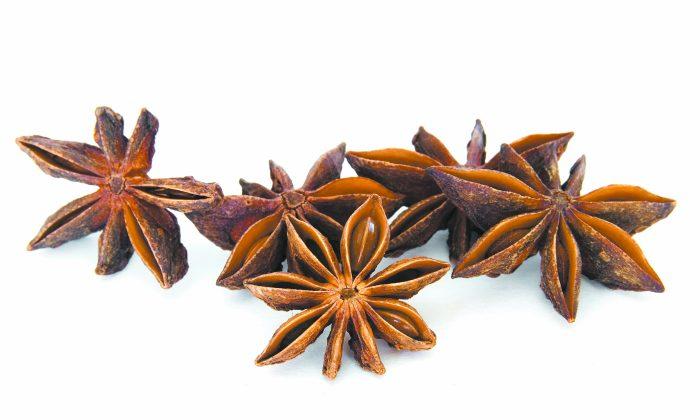Asian and Asian-inflected gastronomy is now well entrenched as fashionable and hip chefs from around the world have incorporated Asian culinary techniques and ingredients into their repertoire, using all kinds of Asiatic spices, seasonings, and fresh herbs.
In particular, China’s culinary traditions, which are thousands of years old and been an influence over other Asian regional cuisines, have achieved magnificent flavors in its traditional dishes.
Chinese cuisine is diverse, as it comes from different regions in China. It has spread throughout other parts of the world—from Southeast Asia, through to the Americas and to Europe—so the fresh herbs and spices from Chinese regions used are many and varied. Some even originated in other parts of Asia, but made their way to China, becoming staples.
Taste of Fresh
Two super-fresh ingredients used for seasoning and adding fragrance that you will inevitably come across in the majority of Chinese dishes are garlic and ginger.
The addition of green onions and peppers in dishes are also a wonderful highlight, and cilantro is an herb that gives a pleasant final touch to soups and appetizers. Also known as coriander, this fresh, green herb is similar in appearance to parsley, but has an added bite of pungent spice, with notes of citrus.
Chinese ‘Curry’
Dried spices also play a significant role in traditional dishes. Without a doubt, the most used is Chinese five-spice powder, which is technically a curry. A curry is a set of ground spices—at least four—that are grouped according to their use as much as of the chef’s preference.
Five-spice powder—known as wu xiang fen—is widely used in the preparation of many dishes, and brings much flavor and aroma. It incorporates the five traditional flavors in Chinese cuisine of sweet, sour, bitter, savory, and salty.
Using only a small pinch of the spice in fish, shellfish, poultry, or meat dishes can transform an ordinary meal into a deliciously different dish.
Making Your Own
Preparing a curry at home is very simple. For this particular variety of Chinese five-spice powder you will need star anise, fennel seeds, cloves, cinnamon, and Szechuan peppercorns.
The amount of each spice greatly depends on the taste of the cook. Mix these spices and grind them in a spice grinder, or use a mortar and pestle and grind them as fine as possible.
Take care to close the jar well, to keep humidity out, as this will help keep the spice fresh and give a longer shelf life.
Seasoned Salt
You can also make some seasoning salt by gently heating a few tablespoons of your favorite salt with a few pinches of the five-spice powder. Heat over a moderate flame and stir until the ingredients are mixed homogeneously. This five-spice salt can be used as a condiment to season everyday food, not just Chinese food.
Sauces and Oils
Other Chinese flavorful surprises to consider when cooking are oft-used soy sauce, oyster sauce, chili sauce, fish sauce, and sesame oil.
Oyster sauce, which is a little thicker than soy sauce, has a very particular taste, and is widely used in Cantonese dishes. Chili sauce and fish sauce are ideal for bringing out the flavor of fish, while the delicate sesame oil gives a touch of gourmet to prepared foods.


Friends Read Free